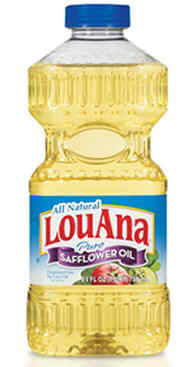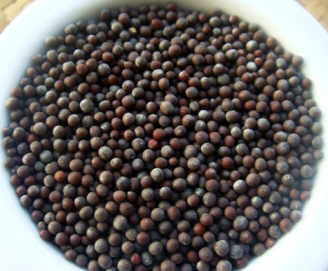Contents
What is safflower oil for?
Characteristics of safflower oil
Safflower oil is obtained from the seeds of safflower (Carthamus tinctorius). The extraction method and solvents are used for greater oil production and can be refined.
This type of oil is transparent with a slightly yellow color, its acidity does not exceed 2 degrees. Its taste is tasteless and very soft.
What does safflower oil contain?

Its content of saturated fatty acids is also very low, slightly higher than that of rapeseed oil. It is the oil that gives us the most amount of linoleic acid, also called omega 6.
After wheat germ oil and sunflower oil, it is the one with the highest content in vitamin E and also gives us a high concentration in phytosterols, with beneficial action to lower high cholesterol levels in case of dyslipidemia.
Its composition is mostly polyunsaturated due to its high content of omega 6, with levels between 70 and 80% of its content, but also contains a small amount of oleic acid, beneficial for heart disease, linolenic acid or Omega 3, beneficial for its anti-inflammatory effect. and, in very low concentrations, we find palmitic and stearic acid, which are saturated.
What is safflower oil used for?
Among the main uses of safflower oil are the following:
Food uses of safflower oil
Its food consumption includes from the seasonings, the making of sauces and, obviously, in cooking with temperatures lower than the frying.
It is also used as a dye that gives food a slightly yellowish hue.
- Like all oils, safflower oil has a great moisturizing effect on skin and hair, in cases of dermatitis, dry hair, damaged hair, etc.
- It is also used as a mouthwash, with or without related inflammations.
- Its use extends to the preparation of soaps, thanks to its saponifiable content.
- Due to its lubricating effect it can also be used, in internal use, against constipation and even to extract some parasites, such as intestinal worms.
![]() More information on safflower and safflower oil
More information on safflower and safflower oil








